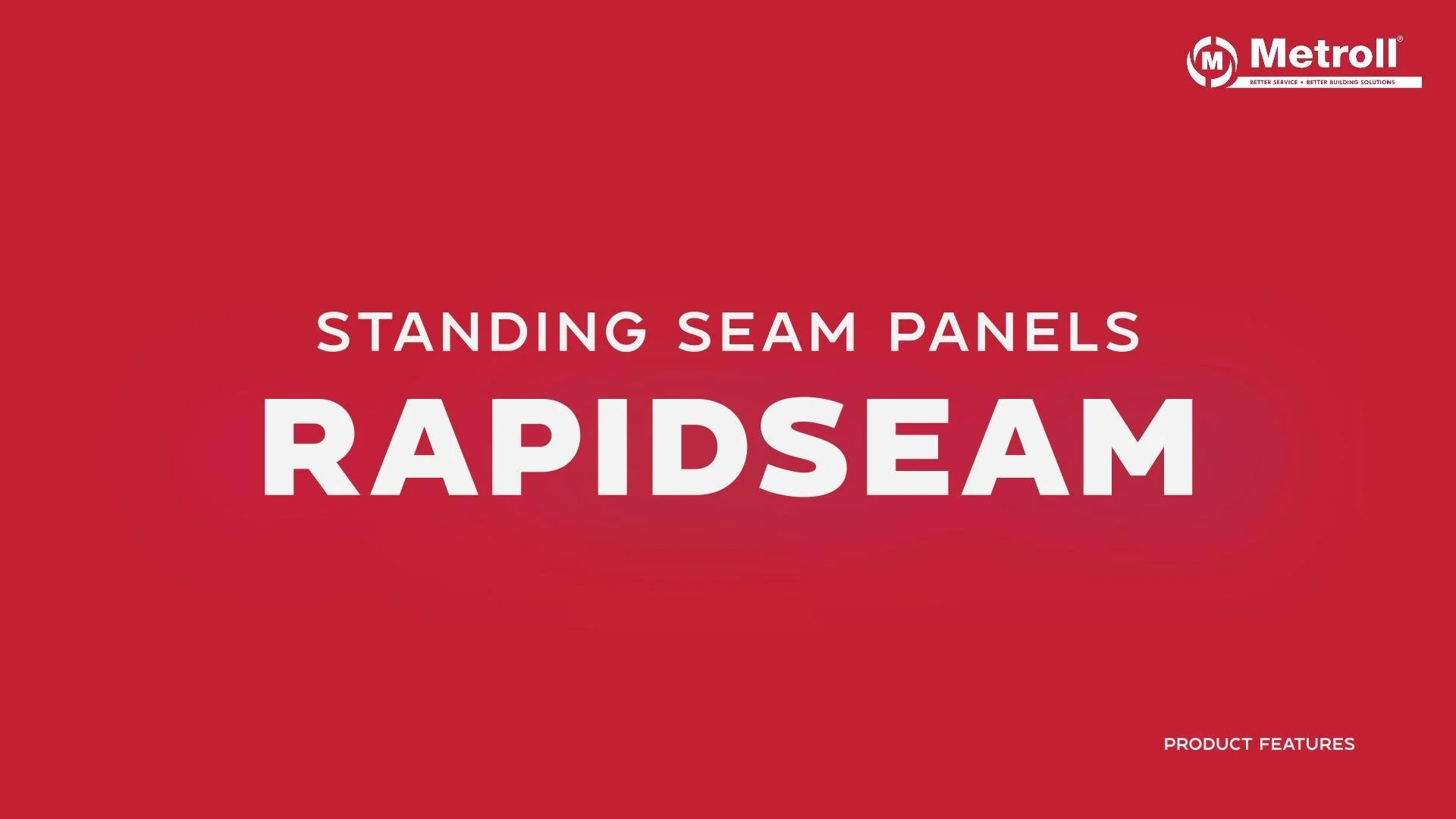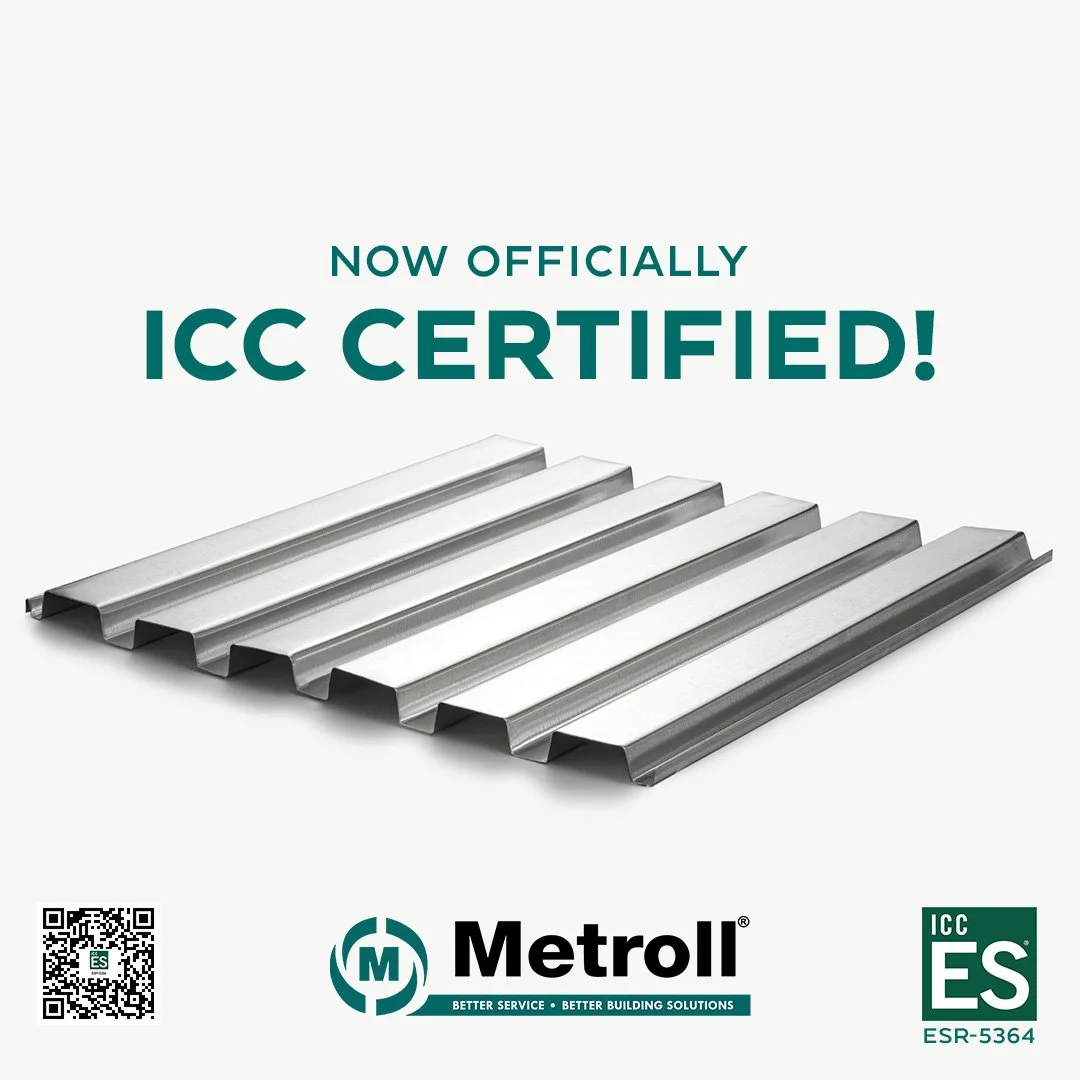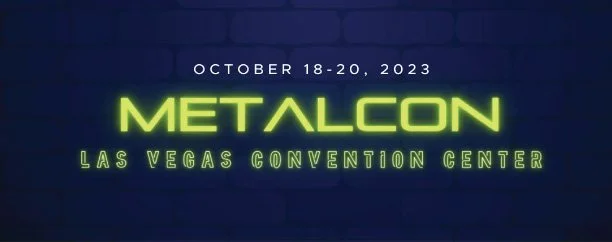Our RapidSeam panel is the epitome of strength and style. This easy-to-install, weather-resistant panel is perfect for any roofing or siding project. Available in an array of finishes and colors, it adds a contemporary touch to both residential and commercial properties. Experience a harmonious blend of durability, beauty, and practicality with this lightweight, yet robust, metal panel.
What are RapidSeam Panels?
RapidSeam Panels are a type of metal cladding system that has been gaining popularity in both residential and commercial construction. The panels are distinguished by their unique "nailstrip" feature, which allows for rapid, straightforward installation without the need for specialized tools or extensive labor. This feature sets them apart from traditional standing seam systems, making them a go-to choice for projects where time and ease of installation are key concerns.
Unique Features and Benefits
1. Ease of Installation:
The hallmark of RapidSeam Panels is their ease of installation. The nailstrip design eliminates the need for seam crimping or clip fixing. This means that the panels can be quickly snapped into place, significantly reducing installation time and labor costs.
2. Versatile Aesthetic Appeal:
These panels come in a variety of colors and finishes, allowing architects and designers to achieve a range of visual effects. From sleek, modern designs to more traditional appearances, RapidSeam Panels can be adapted to suit various architectural styles.
3. Durability:
Made from high-quality steel, these panels are built to withstand harsh weather conditions, making them a durable choice for exterior applications. They are also resistant to rust, corrosion, and UV damage, ensuring longevity and maintaining their aesthetic appeal over time.
5. Thermal Efficiency:
When installed with appropriate insulation, these panels can enhance the thermal efficiency of buildings, contributing to energy savings and improved comfort.
Frequently Asked Questions
Q: How do RapidSeam Panels compare to traditional cladding systems in terms of cost?
A: While the initial cost of RapidSeam Panels might be higher than some traditional systems, the reduced labor and installation time can lead to overall cost savings.
Q: Are these panels suitable for all climates?
A: Yes, RapidSeam Panels are designed to perform well in a variety of climates, thanks to their durable construction and resistance to environmental factors.
Q: Can the panels be customized?
A: Absolutely! One of the advantages of RapidSeam Panels is their versatility in terms of size, color, and finish, allowing for a high degree of customization.
Q: Is there a warranty for these panels?
A: Yes, Metroll offers Color Warranty
Conclusion
RapidSeam Panels are more than just a new type of cladding; they represent a shift towards materials that provide both functional and aesthetic excellence. Their ease of installation, durability, and versatility make them an attractive option for a wide range of architectural projects. As the construction industry continues to evolve, materials like RapidSeam Panels will likely become increasingly prominent, shaping the skylines of our cities with their unique blend of beauty and practicality.











